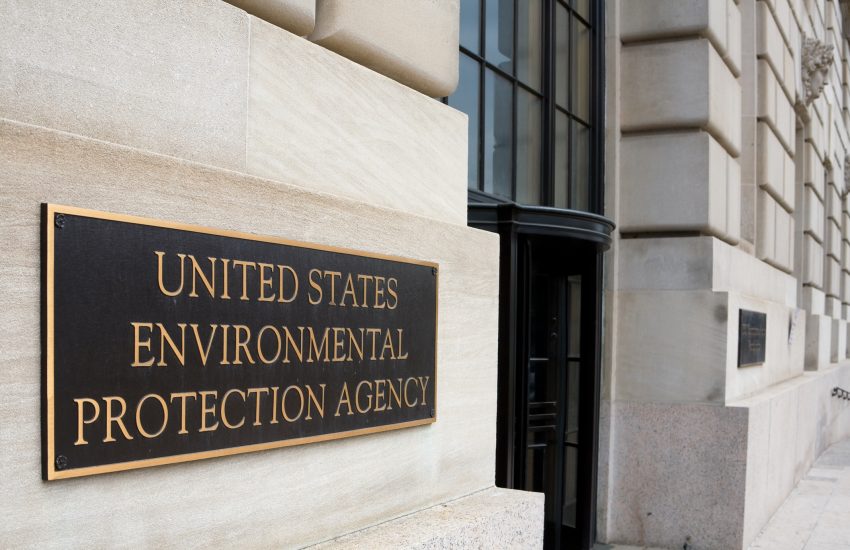Stationary combustion turbines, often referred to as gas turbines, are used to generate high volumes of electricity at power stations, dams, and industrial centers. Despite their size, noise, and prodigious output, these engines are simple, with a design that dates, at least in concept, all the way back to 150 BC when a Greek inventor named “Hero” designed a ‘toy’ sitting on top of heated water, the gases of which caused the toy to spin.
This concept, compressing air and then injecting fuel and heat into it and then driving it against a rotating wheel (the turbine) to produce power, achieved more practical application in the 18th century and was first patented as a “horseless carriage” in 1754. Over the past 250 years, the design, materials, and fuels of gas turbines have, of course, evolved exponentially, allowing for the 100-400 megawatt-producing giants that literally power cities today.
With great power, however, comes great ‘pollute-ability.’ These days, most of these turbines use distillate oil, jet fuel, natural gas or landfill gas as the component added to the compressed air to produce power. Some of the byproducts of the exhaust include benzene, formaldehyde, toluene, and acetaldehyde — substances correlated to the development of certain kinds of cancer. In fact, these common air pollutants caused gas turbines to fall under the ambit of the Federal Clean Air Act (CAA), specifically Section 112, which lists toxins requiring the producing agent to be regulated.
Such is the appeal of these turbines, however, that energy industry members recently petitioned the EPA to remove stationary gas turbines from the ambit of Section 112, citing new data suggesting cancer risks had dropped below one-in-one million. This past Monday, however, the EPA denied the petition with prejudice, stating that it was not satisfied that the data supporting it was adequate, and it would consider no further petitions unsupported by appropriate data.
Industry insiders anticipate this will have a direct and unsubtle ‘cooling’ effect on future applications for exemptions under the CAA, perhaps spread even beyond to other technologies.

